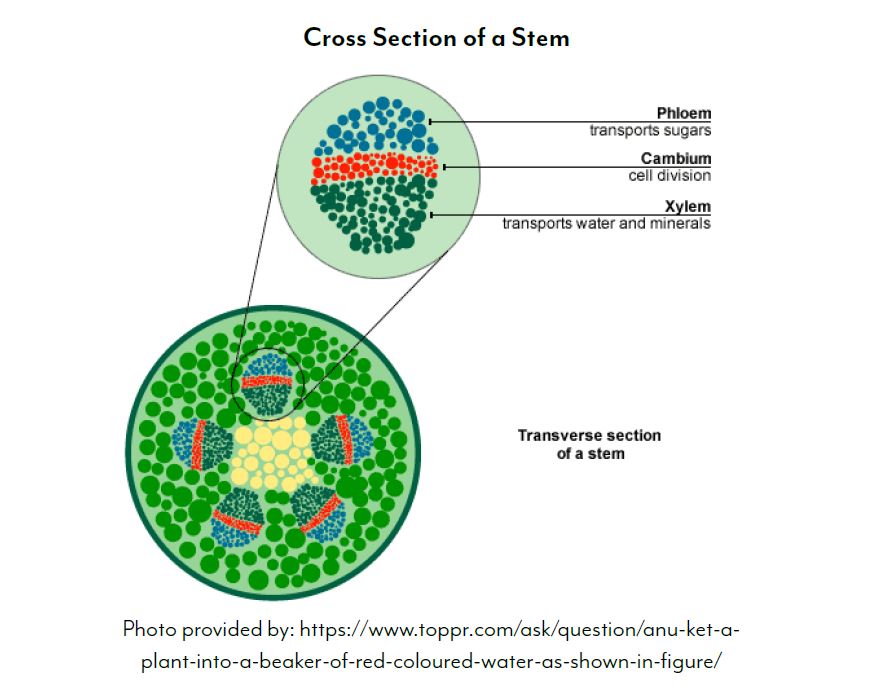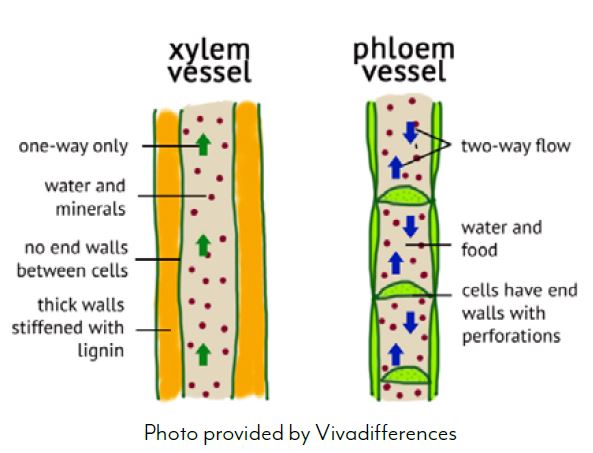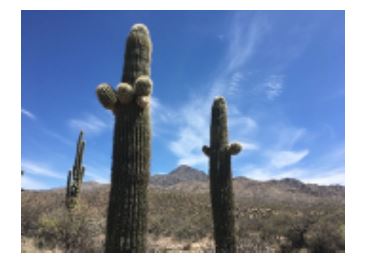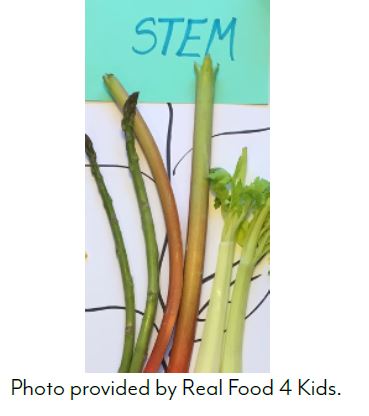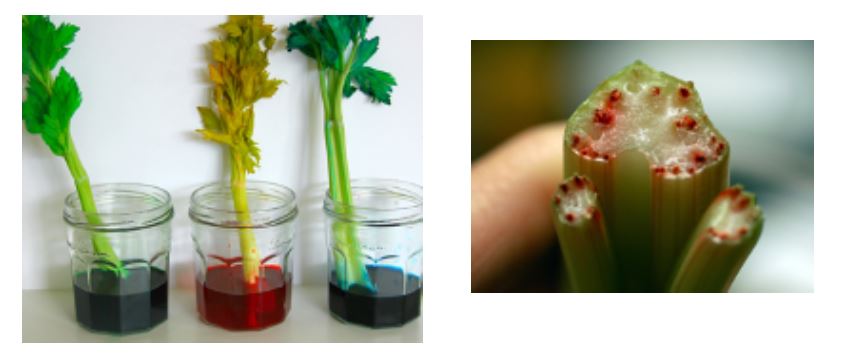TEACH-FLEX
Stems
Grade Levels: 3rd Grade,4th Grade,5th Grade
Every seed holds a miniature plant called the embryo. Once that seed is planted, the plants life can be divided into five stages:
- Germination: when a seed sprouts, the first part to grow is a root.
- Seedling: When the plant starts to grow, it still relies on the seed for food.
- Active Growth: The food in the seed has been used up and the plant is growing.
- Flowering/pollination: To make seeds, a flowering plant must grow a flower and produce pollen.
- Maturation: Seeds require some time after they are produced to become viable. Viable seed means that a plant can grow a plant.
This lesson will focus on the function of stems during Active Growth.
Teaching the Lesson
This lesson is the work product of the Kansas Corn Commission. Our lessons are written in collaboration with Kansas teachers for use in the classroom. Teachers may copy and share this curriculum. Use of this product for commercial or promotional use is prohibited without express permission of Kansas Corn.
Newsletter Sign Up
Each quarter we release a newsletter written by teachers for teachers. This is an easy way to keep up with what is happening at Kansas Corn STEM.
Subscribe Today!

